Built For You. All In One.
Ready to scale your Text Creation and Maintaining Processes?
Our Integrated System for Data2Text Automation combines all tools and processes needed to achieve auto-updating copy with your copy-writing team:
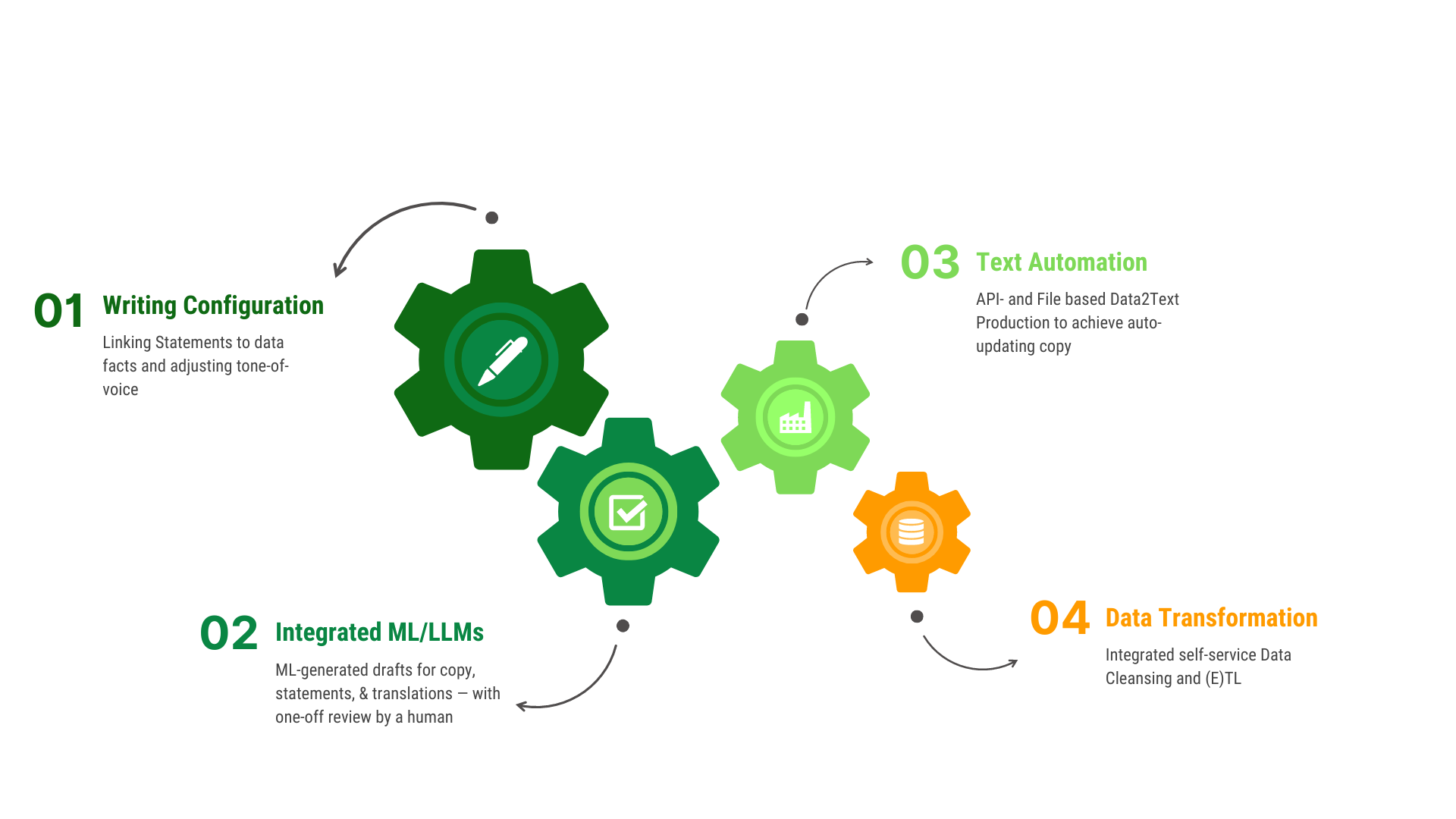
Book a Demo
Growth Driven
Total cost of ownership
-
Scaled Copywriting for all Products Channels
By working with a central framework instead of crafting each piece of text separately, the process of generating and refreshing content can be scaled up and potentially automated. This approach enables the production or modification of myriad product narratives, inclusive of diverse specifics and across various languages, through centralized commands.

-
Reduce Translation Costs
We're not merely discussing a modest 5% decrease in expenses; we're envisioning a transformative shift in the multilingual generation of extensive texts, amounting to an astounding 95% reduction in costs.
You put in translation and technical expertise once, you get thousands of product texts out.
Your translation workflow is seamlessly integrated, ensuring that any modifications in the original language are instantly reflected across all other languages.
Moreover, you can centrally administer updates related to product attributes or market dynamics, and efficiently deploy these changes across numerous product descriptions in all your languages.

-
Ready made Platform: No Initial Setup Costs
You will work with a 100% SaaS (Software as a Service) solution. It is therefore available without setup and can be used directly by your writing team. No prior programming or ML engineering is required. This makes it independent of your organizational situation and of course you don't have to spend a cent on setup.
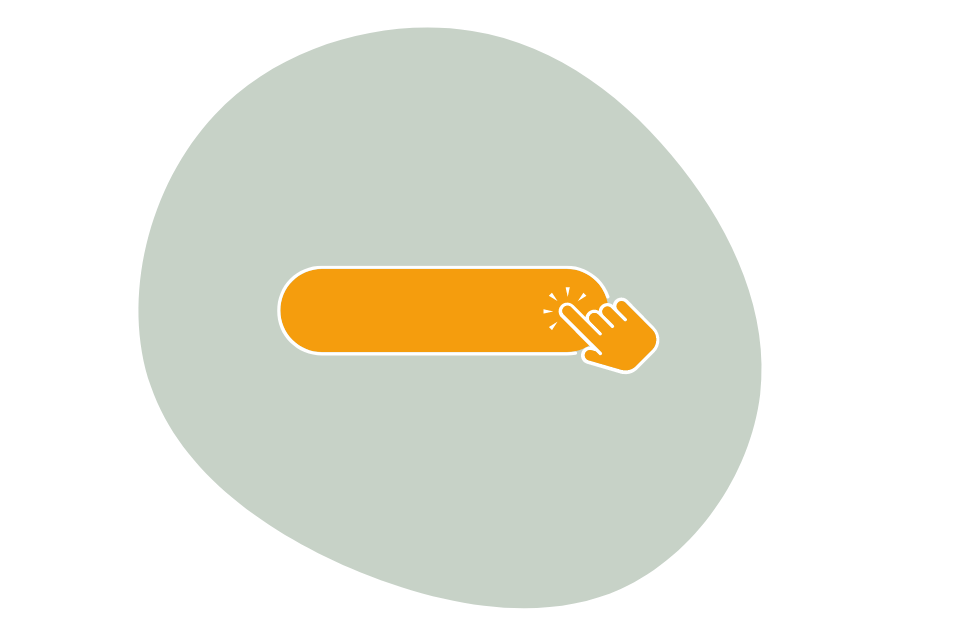
-
Modular Licensing scales to support hundreds of millions of SKUs
You can start small and book more and more modularly based on your needs - up to millions of products
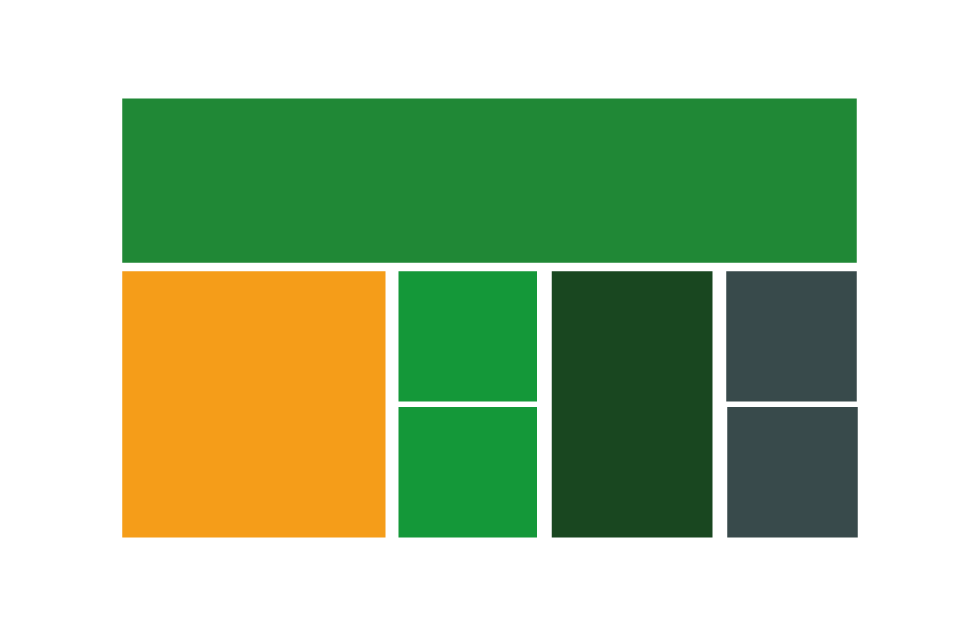
-
Free Updates to enable Auto-Updating Copy
Just imagine you can easily keep all your product descriptions up to date and it costs nothing extra?
Make central adjustments with AX Semantics and update all your product descriptions for free!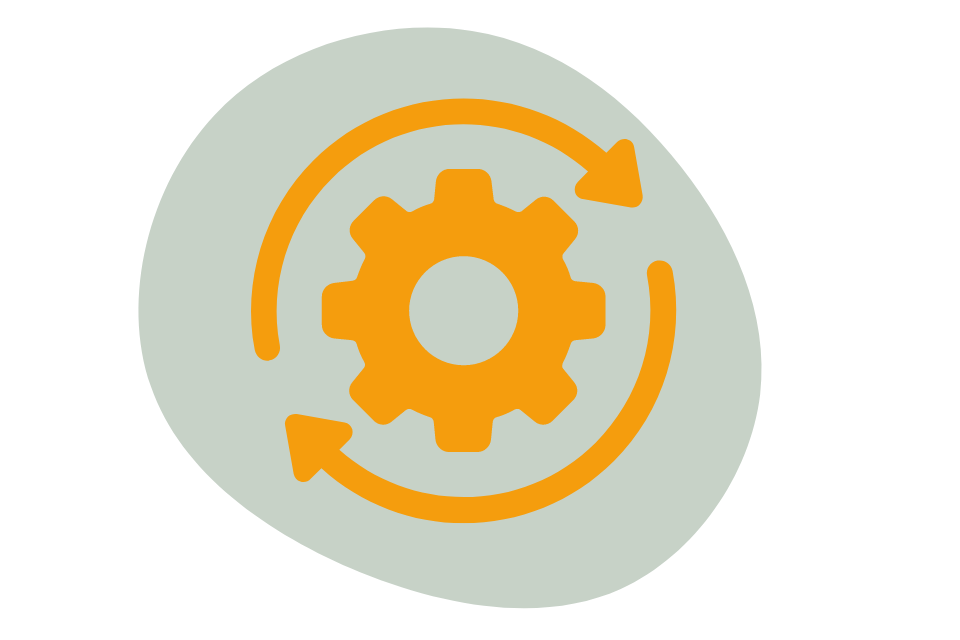
-
API eases integration
Simply transfer the texts with the correct formatting from the AX NLG Cloud to your shopsystem or transfer data from your PIM to the AX NLG Cloud via numerous interfaces.
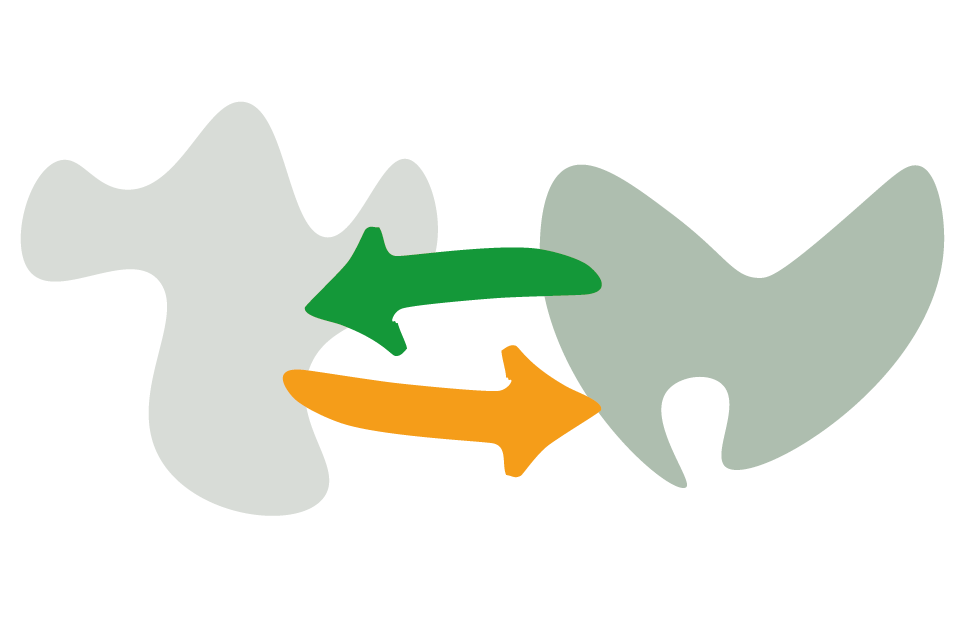
-
SaaS deployment reduces capital investment
You don't have to invest large sums in initial hardware or a setup. SaaS offers you a clear and divided cost structure.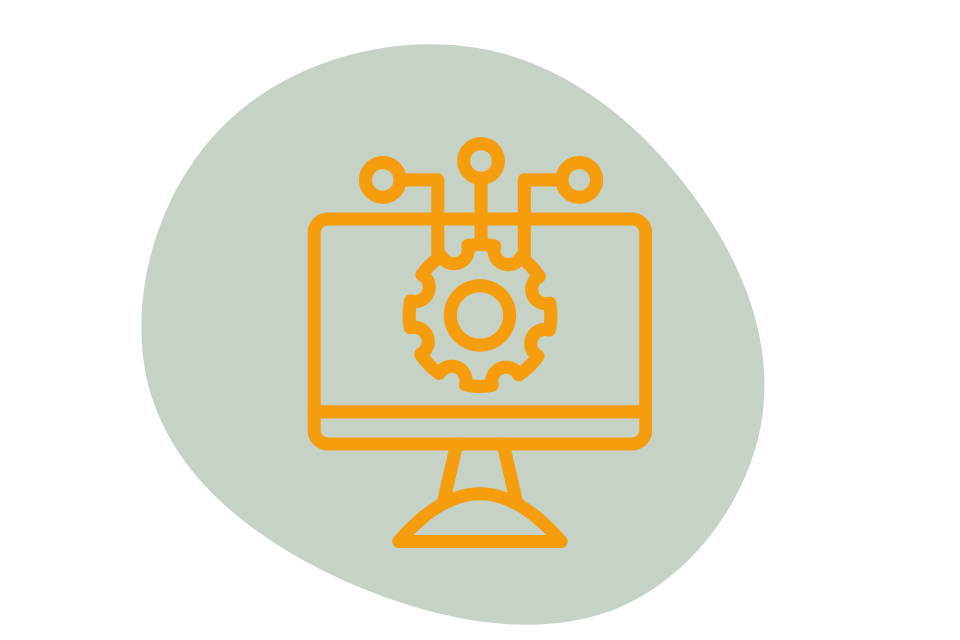
-
No Engineering Team or Machine Learning Expertise needed
Data connection, interpretation, text configuration - you can operate all parts of the AX Semantics NLG Cloud as a copywriter. This allows you to use the full text and technical expertise. Of course, you will need a little training - but we have an excellent support team and an amazing tutorial.
GPT and DeepL integrations are solved in such a way that you don't need any prompt engineering. Translators have an environment developed specifically for this role.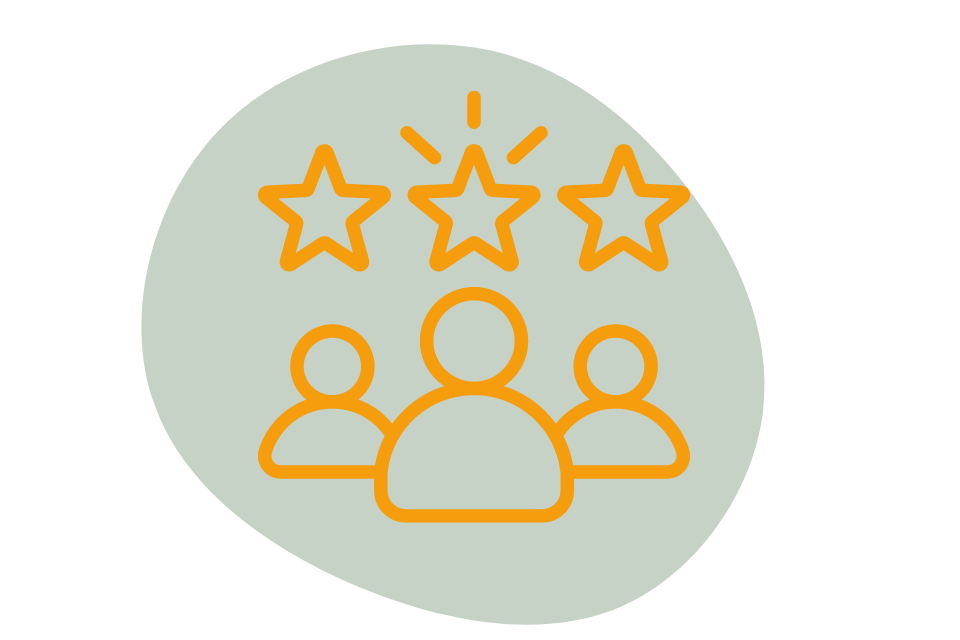








Our Services
Vendor Support by our Human Team of Experts
Although we provide software, we value direct contact with you and your team. We learn from you and you learn from us. We do not compromise on this and are always personally available.
Support
Our Support is staffed by genuine experts who can provide immediate assistance without the need for frustrating ticketing processes. Proven by 100% 5-star reviews for the conversations!
Training & Coaching
We make you a data2text automation professional. For example, we will provide you with industry-specific consulting and pair development.
Optional: our Professional Services Team
You can't implement the projects yourself right now? We can do it for you - as an extended workbench for the entire implementation, including all languages and project management.
eLearning
You can also teach yourself everything. A comprehensive elearning program will support you every step on the way.
Public Documentation
Every functionality, every application is explained in our documentation. It is publicly accessible for you and all your users.
Industry Knowledge
We know ecommerce companies in almost every industry and work closely with their teams. We have over 15 years of experience and comparative values, which we bring to your consultation.
Alexandra and Vita are simply amazing - great help exactly where it's needed, all the time :) thank you!
Jakub Watemborski
Senior Media Manager, Digitas UK
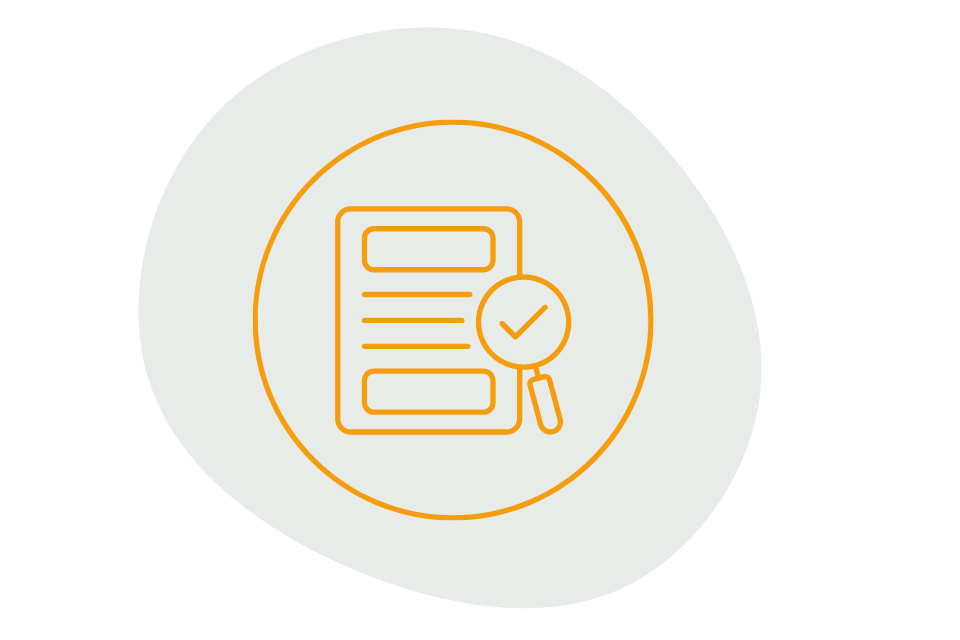
Data & Privacy
Secure, Reliable and GDPR-compliant data processing
- Secure data processing and privacy, even for your product data.
- All sensible data is being processed inside the EU
- Our Personalization algorithm uses only in-browser processing to avoid transmitting of personal data to us or other third parties.
- Proven uptime record of way beyond 99,99% – always transparent on our Status Page.
- Higher SLAs and HIPPA-Compliant processing available
